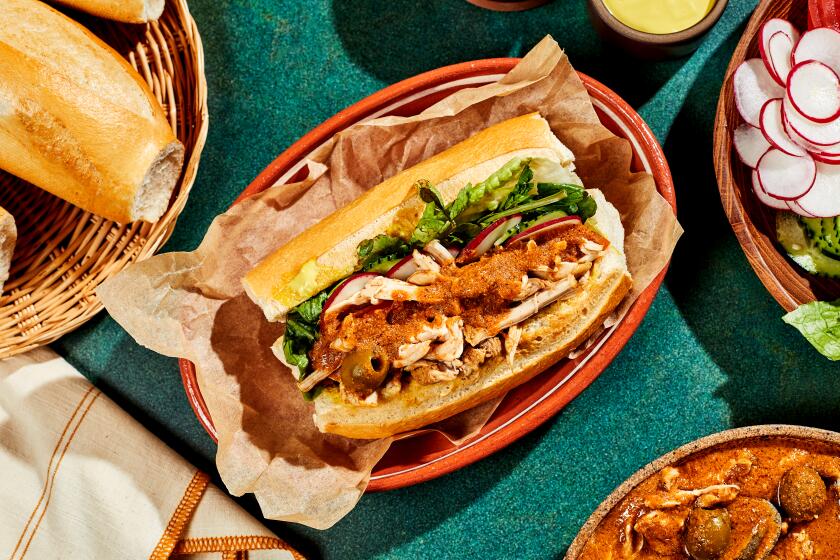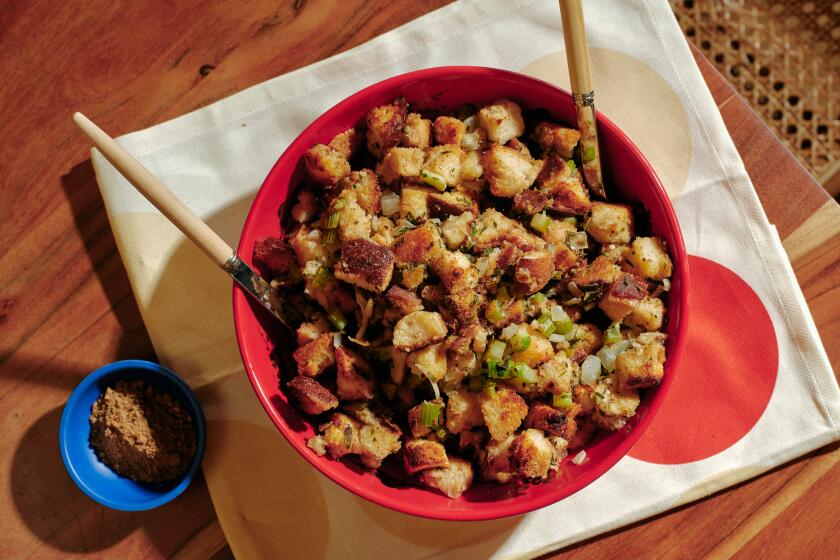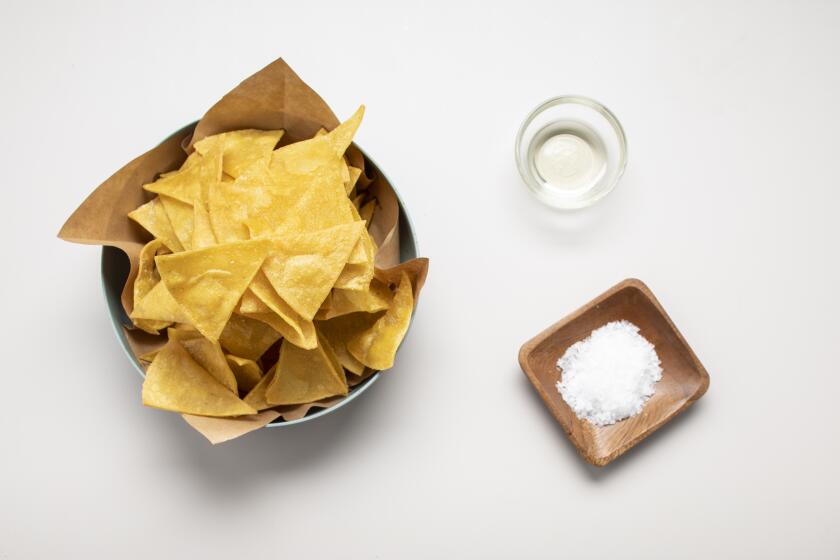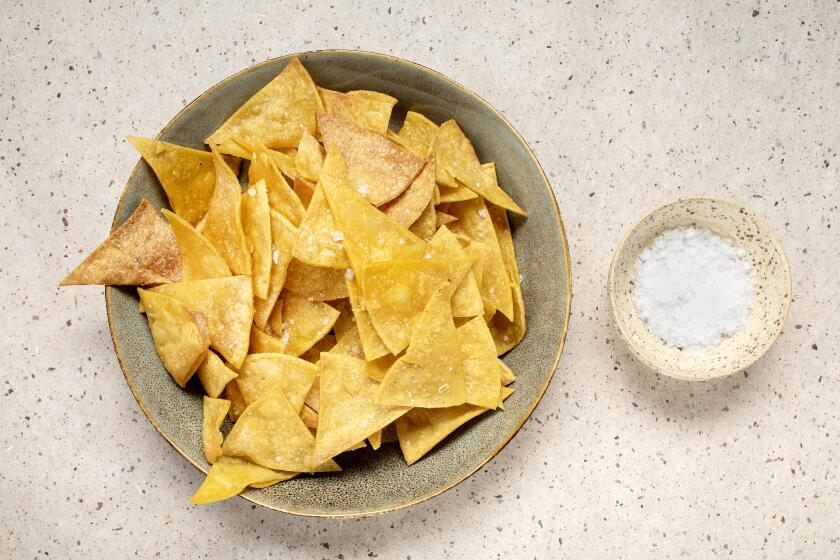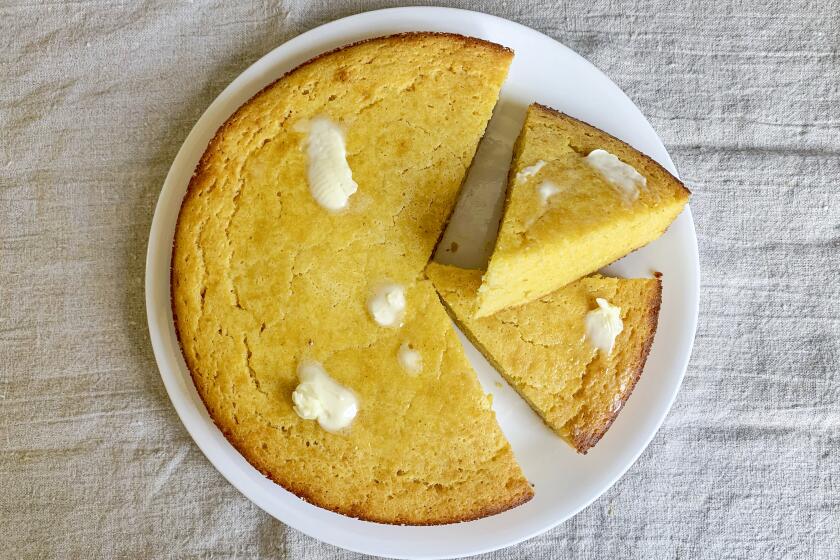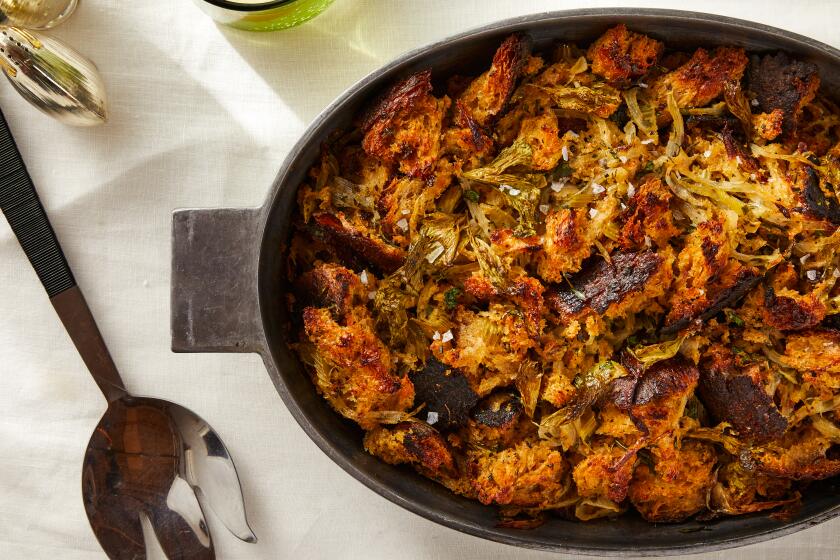Four-seed snapper crackers
I’m ready to start a home-baked cracker revolution to match the bread revolution of the last 15 years. I’ve spent nearly two decades trying to convince folks to bake their own bread and, most recently, asked the nearly impossible: make 100% whole grain breads at home. It’s been a noble, uphill battle.
But I’ve encountered far less resistance in urging people to make their own whole grain crackers -- toasty, nutty, crisp, crackly crackers.
Why the receptivity? It’s probably because crackers are far easier and faster to make than breads. But I also think a deeper reason is that they are so versatile, so easily substituted for chips and other snacks. Whole grain crackers, at least the ones I’ve been teaching adults and kids to make (kids love making crackers, by the way -- a great family activity), are the perfect, guilt-free treat.
They get their satisfying, toasty, nut-like flavor from the deep roasting of the grains’ proteins and oils during the baking process. Crackers, properly made, have a long, loyal finish, with lingering, earthy flavors.
What I call four-seed snapper crackers are my all-time favorite cracker, made with pumpkin seeds, sunflower seeds, flax seeds, sesame seeds and whole wheat flour. The sunflower, pumpkin and flax seeds are finely ground, but the sesame seeds are left whole. Just a touch of honey or agave syrup adds the slightest sweetness.
A thin wheat cracker is made with 100% whole wheat flour -- not to be confused with enriched wheat flour, which is a tricky way of saying white flour.
Both are excellent for entertaining because, in addition to being easy to make, they’re impressive: homemade crackers to go with your cheese plate or other appetizers.
Crackers can be naturally leavened with yeast, like Armenian lavash, chemically leavened with baking powder or baking soda like many commercial cracker products, or totally unleavened, like matzo or Triscuits. They are usually crisp and flaky but don’t have to be. They can be buttery, or lean and mean, like saltines and other variations of “water crackers.” Whole grain crackers, regardless of the leavening method, have another major factor going for them: fiber, lots and lots of fiber.
The fiber in flour comes from the bran, the thin pericarp membrane surrounding the bulky endosperm of all grain, whether wheat, rye, oats, barley or even nongrain seeds such as sunflower, sesame and pumpkin. The fiber adds more substance and chew to crackers, but more important, it fills us up, decreases food cravings and has many other documented health benefits. It’s good stuff. Of course, in white flour there is no bran -- that’s why it’s white -- and that’s why it doesn’t do any of the good things that whole grain flour does.
Some quick tips when making crackers:
I have been teaching how to make the four-seed snapper crackers in baking classes all over the country and in kids cracker workshops. They have less oil than the thin wheat crackers that I also love to bake yet are extremely (and, yes, simultaneously) tender and crisp because the seeds contribute their own natural oils.
Both of these crackers are easy to make at home, even for those who have never baked a loaf of bread in their life. The thin wheat cracker is my own knockoff of the iconic Kraft Nabisco Wheat Thin -- only better (I’m being boastful -- I love those classic Wheat Thins and all their new flavors but love making my own even more). The four-seed snapper cracker is unlike any cracker you can buy anywhere, totally original, which is to say that the big cracker companies have not yet written the final word on how to do a cracker -- there are, I am confident, new frontiers yet to explore.
In a blender or coffee grinder, grind the sunflower and pumpkin seeds into a fine powder. Be careful not to blend too long or they will turn into seed butter. Separately, grind the flax seeds into a powder. (The sesame seeds do not need to be ground.)
In a mixing bowl or in the bowl of a stand mixer, combine the seeds, flour, salt, honey and vegetable oil with three-fourths cup water. Mix by hand or in a stand mixer with a paddle attachment to form a firm ball of dough. It should not be sticky.
On a lightly-floured surface, knead the dough by hand for about 30 seconds to make sure all the ingredients are evenly distributed and that the dough holds together. It should be slightly tacky but not sticky. Add more whole-wheat flour or water, if needed.
Heat the oven to 300 degrees. Line three baking pans with parchment or a silicone baking liner. Divide the dough into three equal pieces. Set two of the pieces aside and roll out the remaining piece on a floured surface with a floured rolling pin. Roll it to less than one-eighth-inch thick, or nearly paper thin. Continually lift the dough as you roll it so that it doesn’t stick to the surface; dust more flour under it if need be. You can also flip the dough over and continue rolling with the bottom side up. If the dough resists, lift it gently and set it aside and begin rolling out one of the other pieces. You can return to the first piece after a few minutes and it will roll more easily. Continue rolling out all three pieces in this manner.
Use a knife or pizza cutter to cut the rolled dough into rectangular or diamond-shaped crackers. (You can also use a small biscuit cutter, dipped in flour, to make round crackers.) The crackers do not need to be the same size. Carefully transfer the cut crackers to the baking pans. The pieces can be nearly touching, as the crackers will not spread or rise. Fill each pan as full as it will allow.
Combine the egg with one-half cup water. Brush the egg wash lightly over each of the crackers and top with sesame seeds.
If your oven has enough shelves to accommodate all the pans, you can bake them all at once. If not, bake them in shifts. After placing the pans in the oven, bake for 10 minutes. Rotate the pans and bake for another 10 minutes. Make one final rotation and continue baking until they are done. (The thinner you roll them the faster they will bake -- they typically take about 25 to 30 minutes total, but this can vary from oven to oven.) The crackers will be a rich golden brown and should be fairly dry and crisp when they come out of the oven.
Leave them on the pans to cool; they will crisp up even more. If they do not snap cleanly after they cool, return the pan to the hot oven for a few more minutes. The crackers can be stored in an airtight container or resealable plastic bag and kept for at least 8 days at room temperature or indefinitely in the freezer.
Get our Cooking newsletter.
Your roundup of inspiring recipes and kitchen tricks.
You may occasionally receive promotional content from the Los Angeles Times.










